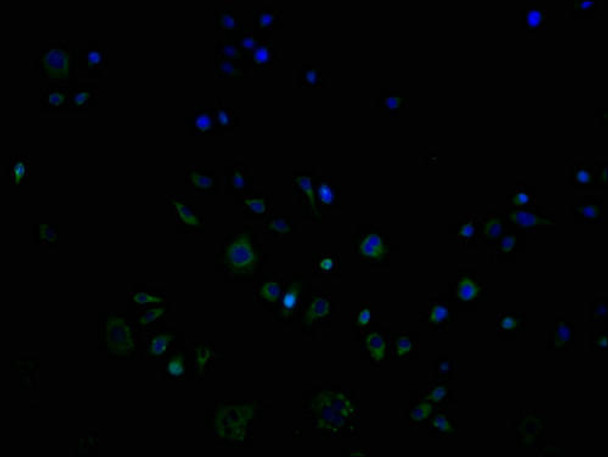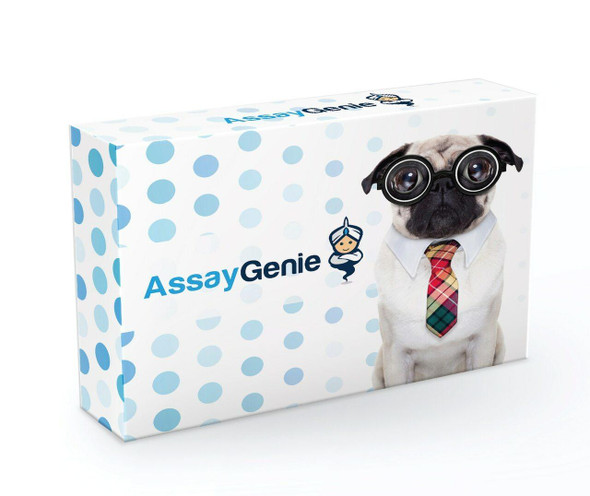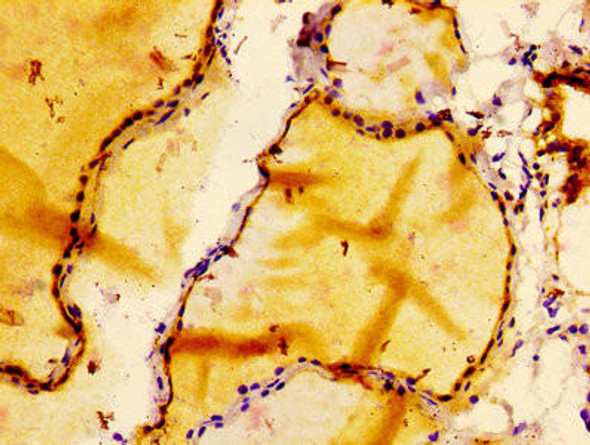OR9G1 Antibody (PACO64877)
- SKU:
- PACO64877
- Product Type:
- Antibody
- Antibody Type:
- Polyclonal Antibody
- Reactivity:
- Human
- Applications:
- ELISA
- IF
- Conjugation:
- Unconjugated
- Isotype:
- IgG
- Host Species:
- Rabbit
Description
OR9G1 Antibody (PACO64877)
The OR9G1 Monoclonal Antibody (PAC064877) is a valuable tool for research involving the OR9G1 protein. This antibody, generated in rabbits, exhibits high reactivity with human samples and has been validated for use in various applications, including Western blotting. By specifically binding to the OR9G1 protein, this antibody enables precise detection and analysis in different cell types, making it an ideal choice for studies in immunology and cancer research.OR9G1 is a cell surface molecule with implications in immune regulation, particularly in inhibiting immune responses.
Its role in immune homeostasis and its ability to modulate inflammation make OR9G1 a key target for research into various diseases, including cancer, autoimmune disorders, and chronic inflammatory conditions. Understanding the function of OR9G1 is essential for the development of therapeutic strategies that target or manipulate immune responses in these disease contexts.
| Product Name: | OR9G1 Antibody |
| Product Code: | PACO64877 |
| Size: | 50µL |
| Target Names: | OR9G1 |
| Species Reactivity: | Human |
| Host Species: | Rabbit |
| Antigen Species: | Human |
| Tested Applications: | ELISA, IF; Recommended dilution: IF:1:100-1:500 |
| Isotype: | IgG |
| Clone ID: | N/A |
| Conjugate: | Non-conjugated |
| Clonality: | Polyclonal |
| Antigen: | Recombinant Human Olfactory receptor 9G1 protein (290-304aa) |
| Form: | Liquid |
| Buffer: | Preservative: 0.03% Proclin 300 Constituents: 50% Glycerol, 0.01M PBS, pH 7.4 |
| Purification Method: | >95%, Protein G purified |
| Storage: | Upon receipt, store at -20°C or -80°C. Avoid repeated freeze. |
| Aliases: | Olfactory receptor 9G1 (Olfactory receptor 9G5) (Olfactory receptor OR11-114), OR9G1, OR9G5 |
| Uniprot ID: | Q8NH87 |
| Background: | Odorant receptor. |
| Research Area: | Neuroscience |








